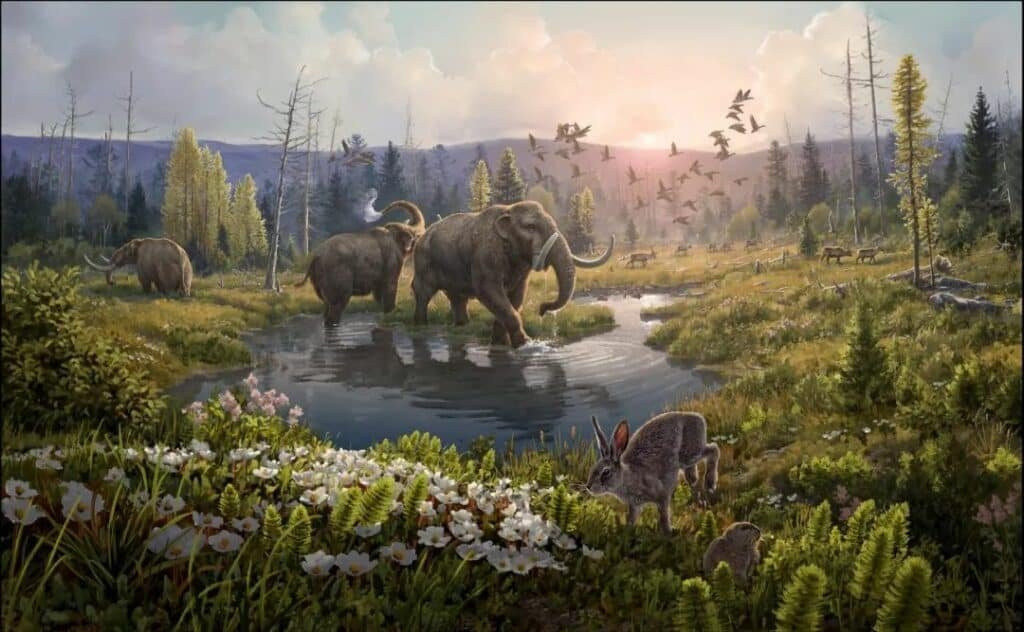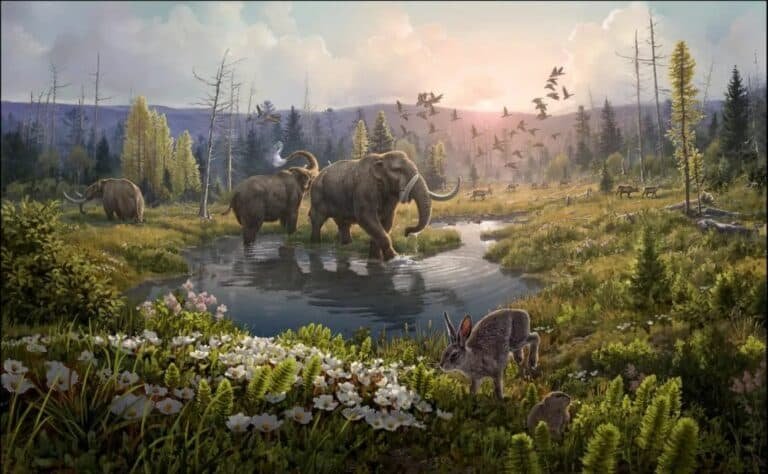
In a study recently published in Nature, researchers have used paleoenvironmental DNA to map the ecosystem of northern Greenland, including the animal and plant species that existed, about 2 million years ago.
This is the earliest paleoenvironmental DNA ever recovered.
Researchers collected 41 samples of organic matter-enriched sediments from five different sites in the Kap København Formation in Peary Land, North Greenland, and performed DNA extraction and sequencing.
This is a polar desert where previous studies have shown that the climate was much warmer about 2-3 million years ago, with temperatures 11-19°C higher than today.
However, due to the scarcity of vertebrate fossils, we do not know much about the biomes that inhabited the Arctic zone at that time.
The researchers used the DNA to recreate what the ancient ecosystem looked like: an open boreal forest with poplar, birch and cliff cypress trees and a variety of arctic and boreal shrubs and herbs.
DNA records confirmed the presence of hares, and mitochondrial DNA from the site revealed the presence of other animals, including mastodons, caribou, rodents and geese.
The researchers also recovered ancient DNA from marine organisms that suggest the presence of a population of Atlantic horseshoe crabs (Limulus polyphemus).
The authors suggest that this may mean that Kap København had a warmer surface water environment in the early Pleistocene, consistent with previous predictions.
